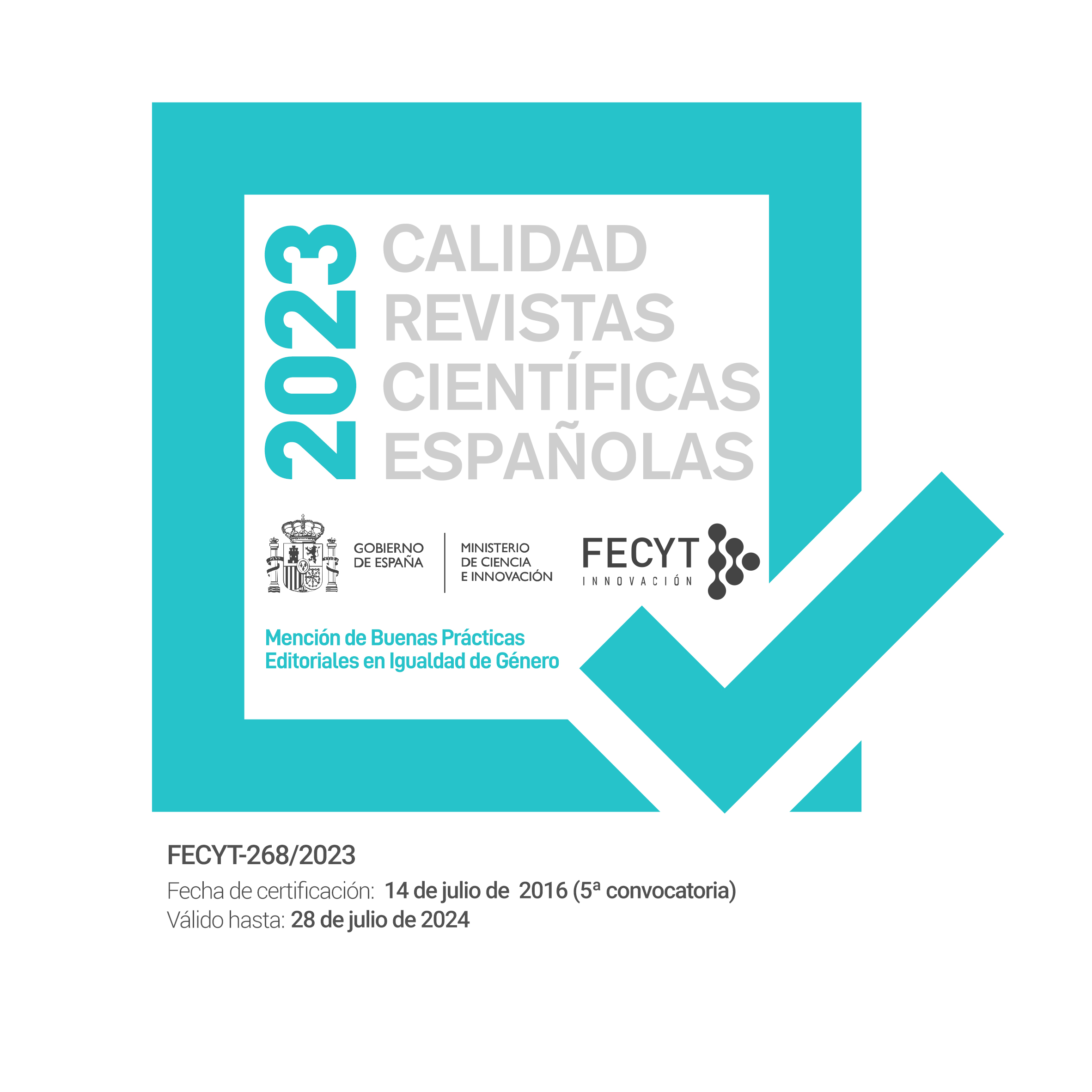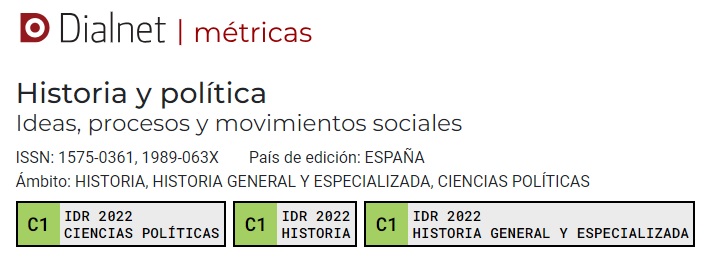Devotions for Times of Swords: the Sacred Heart and Christ the King as political categories the carlist movement (1931-1936)
Keywords:
Spain, Second Republic, Carlism, political Catholicism.Abstract
During the Second Republic, the Carlist movement recovered its discourse and its symbols, putting itself forward as a radical alternative through Catholic restoration. Its orientation was openly opposed to the stance of Pius XI and the Spanish ecclesiastic hierarchy, but the legitimists tried to present themselves to public opinion as loyal defenders of the Christian orthodoxy and the Seat of Saint Peter. Alfonso Carlos I’s consecration to the Sacred Heart (Sagrado Corazón), as a further step towards restoring the social kingdom of Jesus Christ, was politically used to increase his political support, in an environment marked by clashes between the republican secularising policies and the Catholic defence against them.Downloads
Downloads
Published
Issue
Section
License

This work is licensed under a Creative Commons Attribution-NonCommercial-NoDerivatives 4.0 International License.
Authors whose contributions are accepted for publication in this journal, accept the following terms:
a. The authors retain their copyright and guarantee to the magazine the right of first publication of their work, which will be simultaneously subject to the Creative Commons Attribution License Attribution-Noncommercial-No derivative works 4.0 Spain, which allows third parties to share the work as long as its author and its first publication is indicated.
b. Authors may adopt other non-exclusive license agreements to distribute the version of the published work (e.g. deposit in an institutional repository or archive, or published in a monographic volume) provided the initial publication in this journal is indicated.
PLAGIARISM AND SCIENTIFIC FRAUD
The publication of work that infringes on intellectual property rights is the sole responsibility of the authors, including any conflicts that may occur regarding infringement of copyright. This includes, most importantly, conflicts related to the commission of plagiarism and/or scientific fraud.
Plagiarism is understood to include:
1. Presenting the work of others as your own.
2. Adopting words or ideas from other authors without due recognition.
3. Not using quotation marks or another distinctive format to distinguish literal quotations.
4. Giving incorrect information about the true source of a citation.
5. The paraphrasing of a source without mentioning the source.
6. Excessive paraphrasing, even if the source is mentioned.
Practices constituting scientific fraud are as follows:
1. Fabrication, falsification or omission of data and plagiarism.
2. Duplicate publication.
3. Conflicts of authorship.





